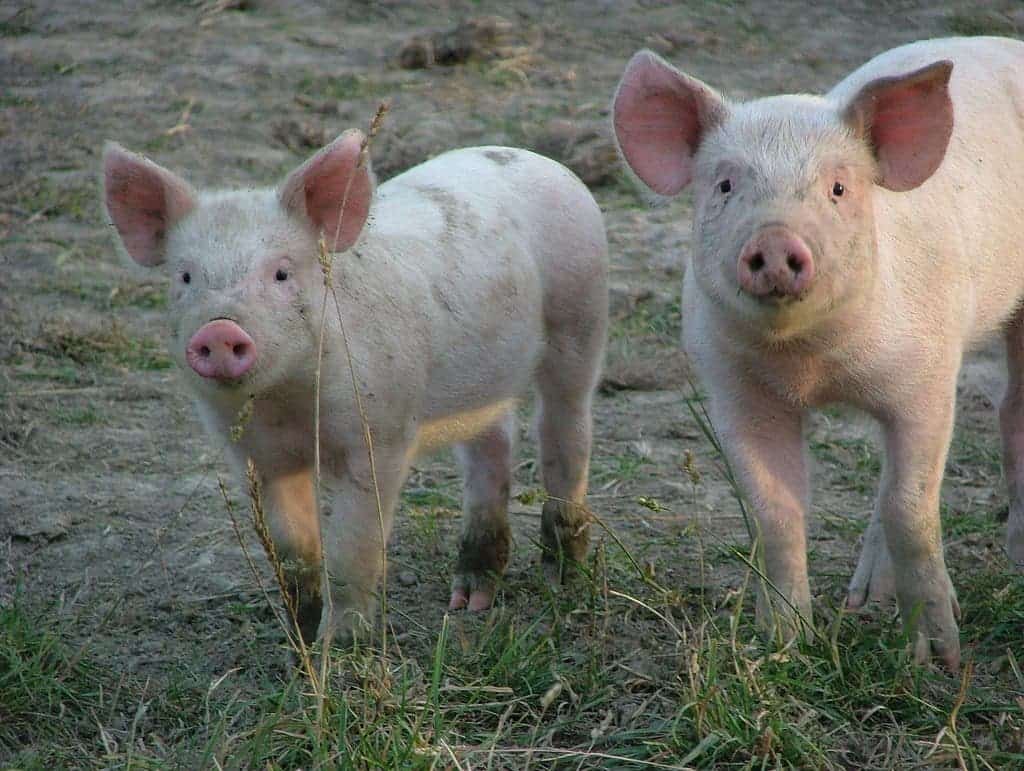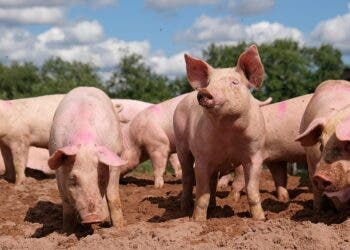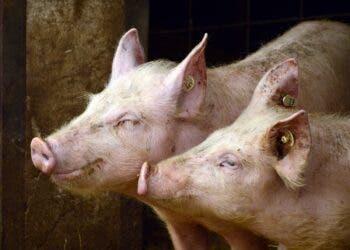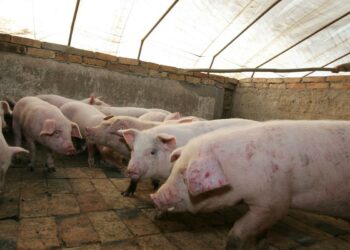
One of the most familiar livestock animals seems to signal information about their personalities, but also wellbeing, by grunting.
Oink, oink
The findings were reported by researchers at University of Lincoln and Queens University Belfast, who studied piglets and noticed that the rate of a pig’s vocalizations and the quality of its living conditions were linked.
“Understanding how the vocalizations of pigs’ relate to their personality will also help animal behaviorists and welfare experts have a clearer picture of the impact those personalities have on communication, and thus its role in the evolution of social behavior and group dynamics in social species,” said Mary Friel, a PhD student at Queen’s University Belfast, lead author of the study published in the journal Royal Society Open Science.
Friel and her colleagues got hold of 72 male and female juvenile pigs and split them into two different types of pens. One held the young pigs in luxurious conditions with plenty of space to move about and straw bedding. The other pen was a lot duller — a compact enclosure with a concrete floor. Not very posh, even for a British pig (both pens adhered to UK animal welfare regulations, the researchers were quick to note).
Each pig spent three minutes in isolation, then five in either of the two pens with a novel object they had not encountered before: either a large white bucket or an orange traffic cone.
Meanwhile, researchers studied the pigs’ behaviour and counted the frequency of their grunts. They also repeated the experiment weeks later to make sure what they were seeing weren’t some quirks and the behaviour was repeatable.
Pigs that showed more proactive personalities made grunts far more frequently than reactive pigs. Male pigs who were kept in poorer conditions also made fewer grunts than those pigs who ‘had the life’. There was no such difference found among females, suggesting male pigs are more susceptible to living conditions.
“A pig uses acoustic signals in a variety of ways; maintaining contact with other group members while foraging, parent-offspring communication, or to signal if they are distressed,” said Dr. Lisa Collins, a specialist in animal health, behavior and welfare epidemiology in the Lincoln School of Life Sciences. “The sounds they make convey a wide range of information such as the emotional, motivational and physiological state of the animal. For example, squeals are produced when pigs feel fear, and may be either alerting others to their situation or offering assurance.”
These latest findings show just how complex these animals are, which some claim are smarter than dogs or dolphins.






